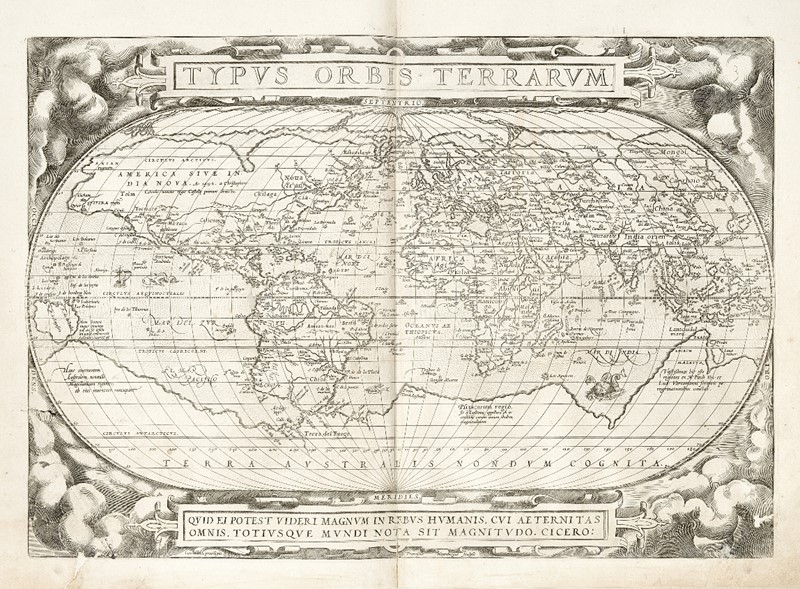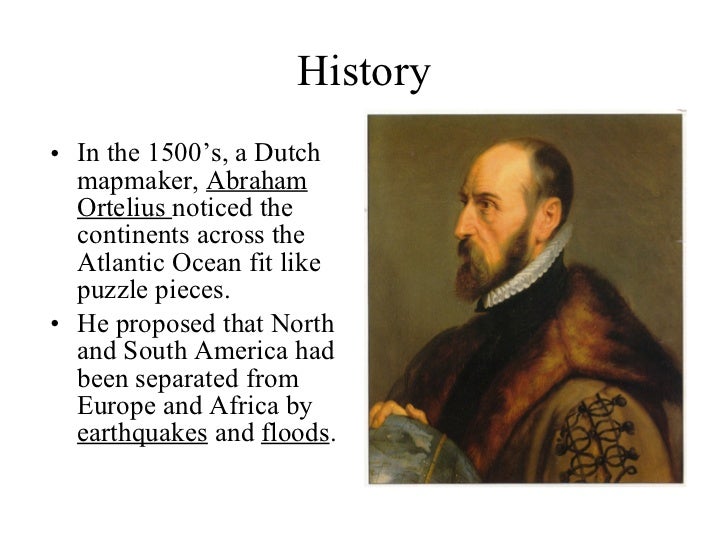
He proposed that all continents were compressed all together in one single. North America on the left, Europe on the right. In 1912, noticed the same remarkable South America Africa fit.

Scuba diving on the mid Atlantic ridge in Iceland. His evidence was that some parts of the world like: The Americas, Eurasia, and Africa fit together like a jig-saw puzzle. In the year 1596 cartographer Abraham Ortelius noted that the coastlines of Africa and South America appeared to fit together, compelling him to propose that. By proving that Pangea existed between 300 and 200 million years ago, you have taken a big step towards proving the theory of Plate Tectonics.įirst known illustration of the Opening of the Atlantic Ocean, by Antonio Snider-Pellegrini, 1858.ģ) The presence of the Mid Atlantic Ridge Abraham Ortelius Abraham Ortelius, was the one who came up with the continental drift theory. While the idea was first presented by Abraham Ortelius in 1596, the full, developed theory was given by Alfred Wegener in 1912. the advantage you have is that today there is a lot more evidence than in Wegner’s day.īefore we go any further, it is important to mention Pangaea. In this lesson you are going to try to prove the theory. It took until the 1950’s for Wegner’s ideas to be accepted by the scientific community. Abraham Ortelius creator of modern-day atlas. However this is not enough to prove the theory of Plate Tectonics.Īlfred Wegnerwas the first person to suggest the theory of continental drift in 1912, although Abraham Ortelius had suggested that continents could have moved in 1596. It’s easy to forget that plate tectonics, an idea we’re all familiar with at least on a basic level, isn’t all that old.


Proving the Theory of Plate Tectonics So far you have seen how we can use the distribution of earthquakes, volcanoes and fold mountains to mark the position of plate boundaries.


 0 kommentar(er)
0 kommentar(er)
